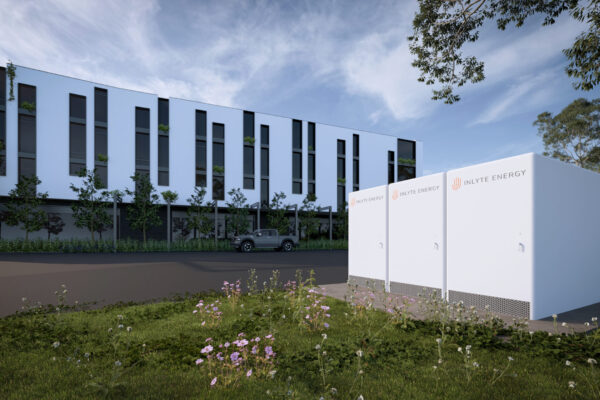Decarbonization
Decarbonization reduces GHG emissions from all modes of production in energy, materials, food, and other industries.
Carbon-free solutions are emerging across industries to increase performance, lower lifecycle costs, and improve resilience. Electrification is being deployed in many sectors, while others are utilizing green hydrogen, CCUS, and DAC to convert emissions into a resource.
At Valo, we are investing in solutions that:
Generate
Making, storing, and distributing the lowest-cost, most abundantly available carbon-free energy solutions to achieve 24x7 hourly matching of supply and demand.
Electrify
Electrifying everything—from transportation and heating to material and food production systems—while also improving energy efficiency in existing processes.
Remove
Reducing GHG emissions from legacy processes, and capturing and utilizing any remaining carbon dioxide or methane through both engineered and nature-based solutions.
Signals
Over the last 15 years, battery storage costs fell 89%, solar PV fell 87%, and onshore wind fell 67%.
Source: IRENA
The US is entering a “super cycle of electrification,” with electricity demand growing 5× faster than the previous decade.
Source: Schneider Electric
Worldwide, renewables produced more electricity than coal during the first half of 2025 for the first time
Source: Ember
Global utility-scale battery capacity is expected to rise by 67% to 617GWh in 2025 and grow tenfold by 2035.
Source: BloombergNEF
Annual investment in clean energy supply and demand technologies is expected to reach $4 trillion by 2030, up from $2.1 trillion in 2024.
Source: McKinsey
Global nuclear investment is projected to reach $2.2 trillion and 586 gigawatts of capacity by 2050.
Source: Morgan Stanley


